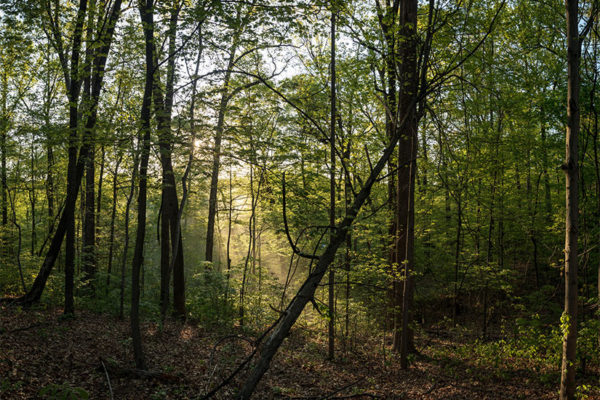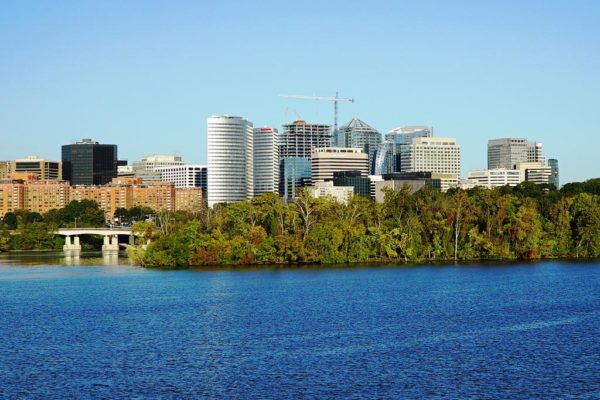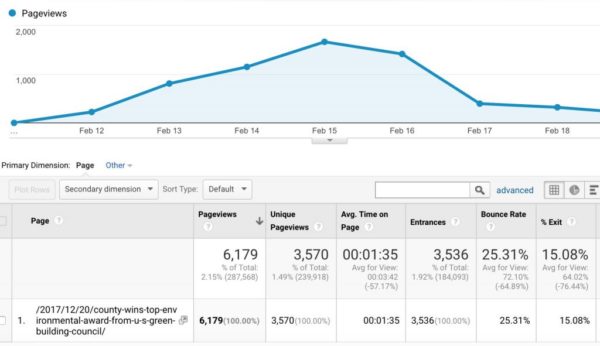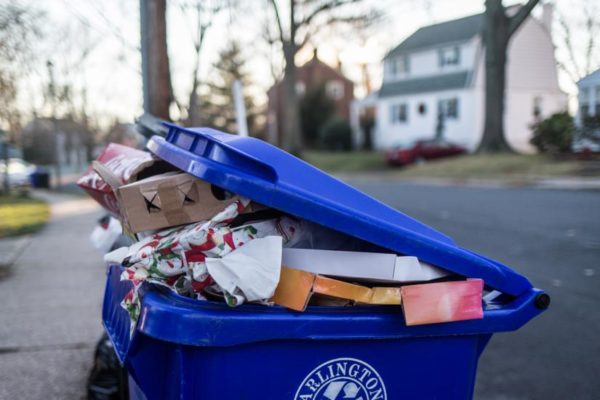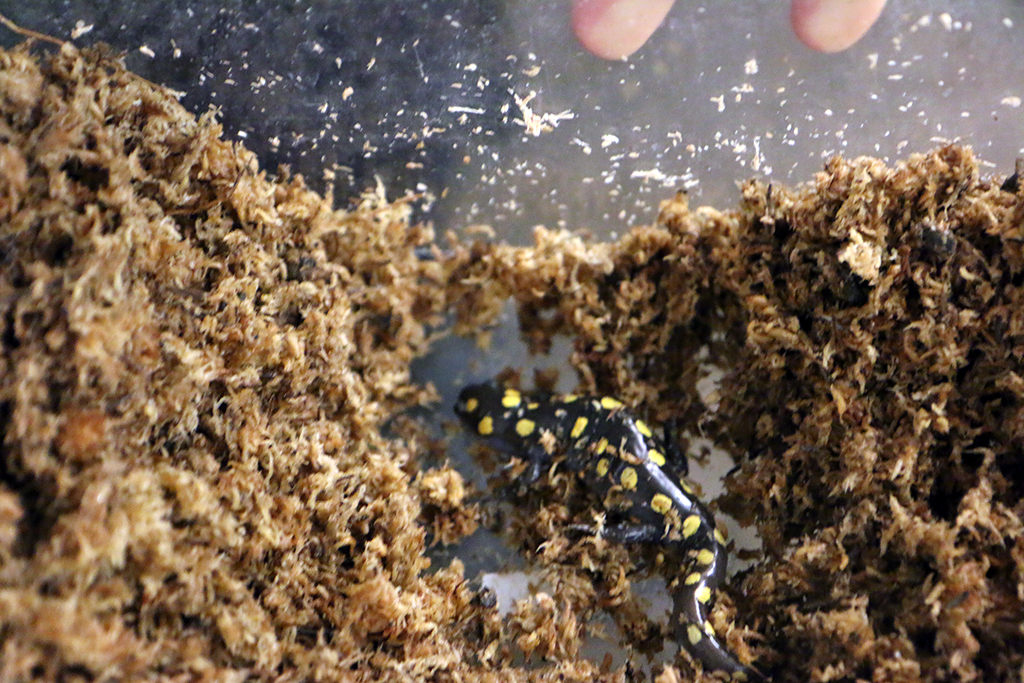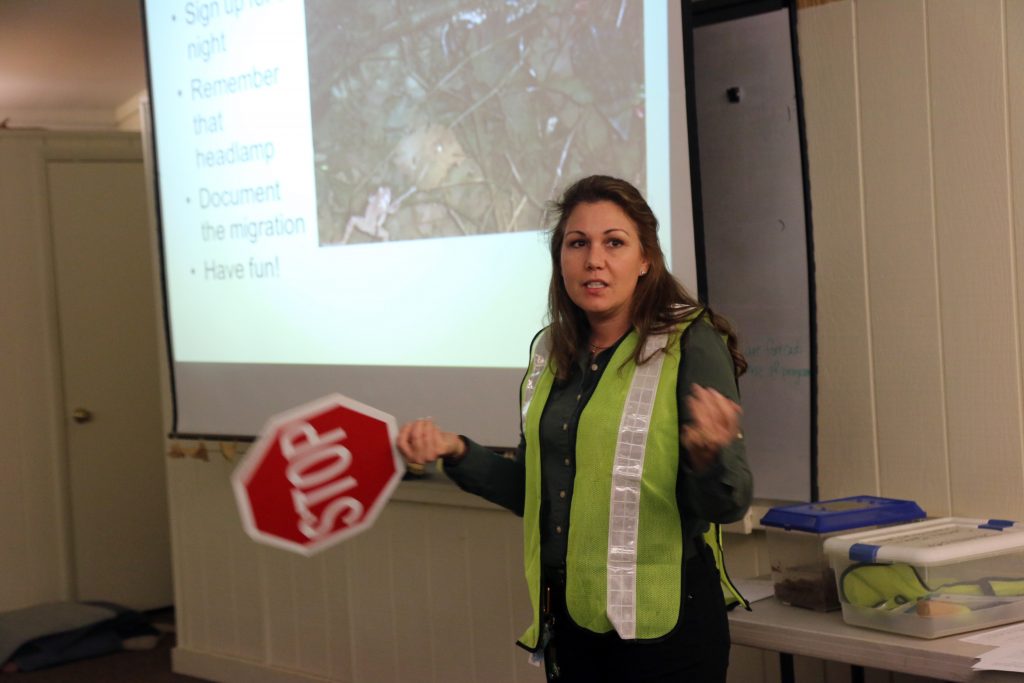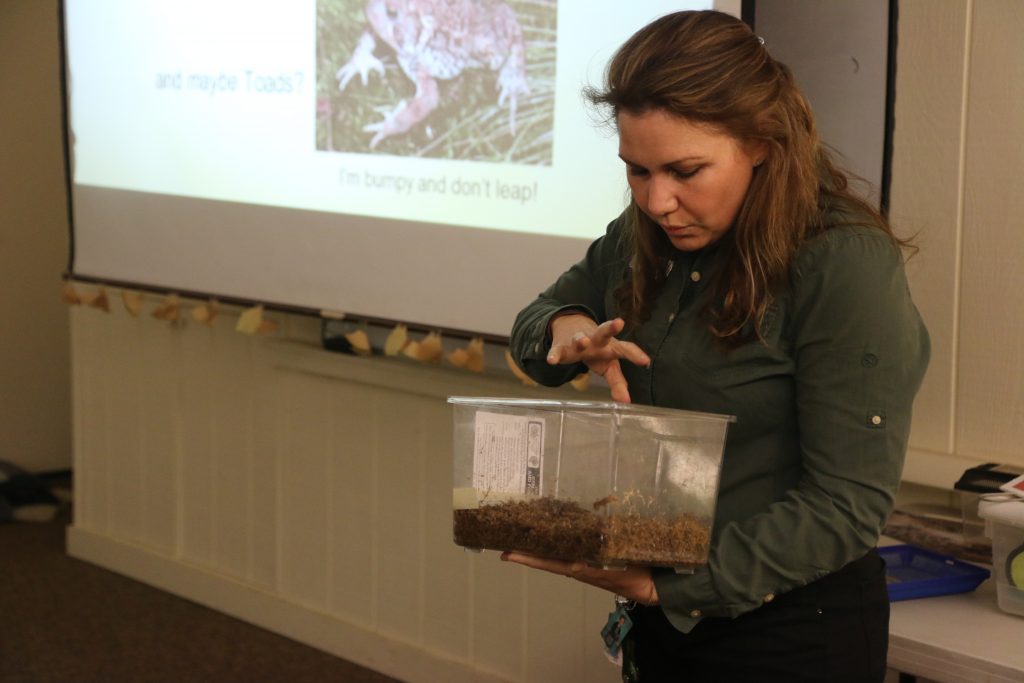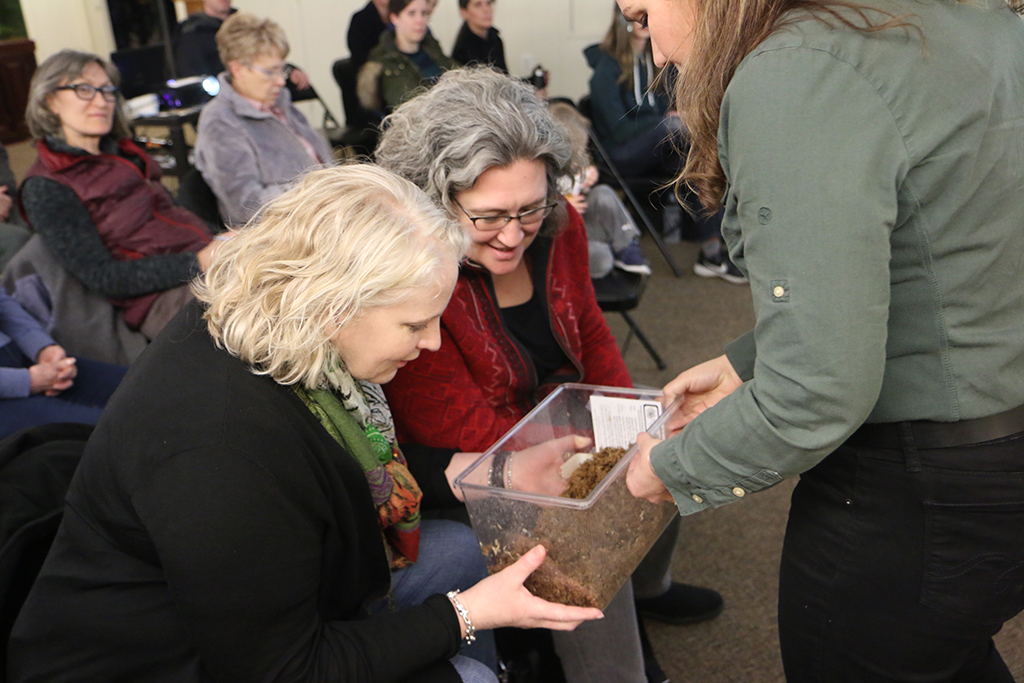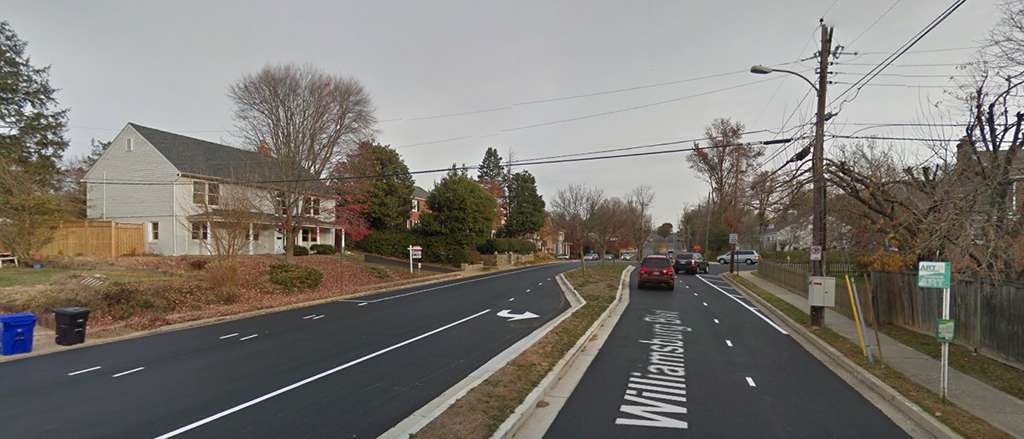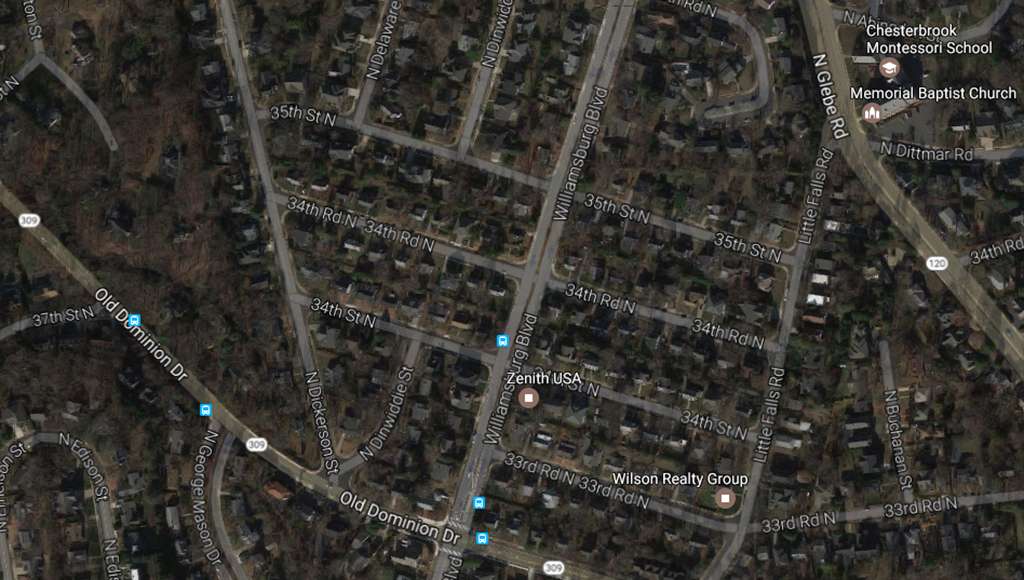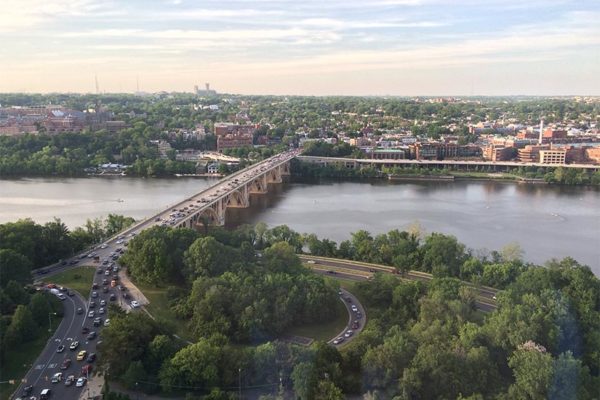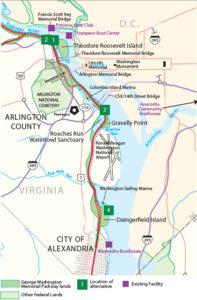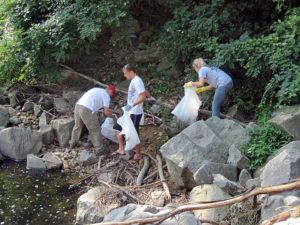An Arlington environmental group is claiming that Arlington’s recent tree canopy assessment is misleading.
The tree canopy study found that, from 2011-2016, the tree canopy increased one percent to 41 percent. The Arlington Tree Action Group claims that the two percent margin of error on the county’s study cancels out its findings.
A press release from the tree group also notes that the county failed “to emphasize a decrease from the 43 percent recorded in 2008.”
The press release from the Arlington Tree Action Group is below.
ATAG Challenges County’s Misleading Claims on Tree Canopy Study
Arlington, Virginia – April 12, 2018 – Arlington County is using an arsenal of its public outreach resources to present an overly optimistic picture of the health of the forest resources based on a 2017 tree canopy study according to the Arlington Tree Action Group (ATAG). The study concluded that the tree canopy increased by 1% between 2011 and 2016 but the County media push fails to emphasize a decrease from the 43% recorded in 2008. More alarming for 10 civic association neighborhoods is the scant recognition of the actual loss of more than 5% of their trees over just five years, with another 14 neighborhoods losing up to 5%. The County has instead declared that the trees are “on the rebound” based on the report.
After reviewing the report, Jarlath O’Neil-Dunne, Director, Spatial Analysis Laboratory, Rubenstein School of Environment and Natural Resources, the University of Vermont, concluded that the accuracy of the data used was only 94% making the findings publicized by the County highly questionable. In keeping with the County initiative for more open data, ATAG is concerned that the information disseminated must be accurate.
The 2004 Arlington County Urban Forest Master Plan called for an increase in the tree canopy from the estimated 41% at that time. The Plan also called for extensive programs for the preservation and planting of trees. Arlington County does not have an inventory of the trees on public lands that many jurisdictions such as the District have established. The County currently has capital projects including stream restorations, community centers, and park developments, that will remove hundreds more trees in the next few years, dwarfing the public and private tree planting programs underway.
ATAG is concerned that the County outreach mischaracterizes the study results which could delay addressing serious environmental, health and economic challenges accompanying urban tree canopy loss. The outreach has included presentations to the County Board, the Urban Forestry Commission and other County commissions and civic associations, as well as articles in “The Citizen” newsletter to all residents, pages on the County website, and posters in parks.
ATAG is a group of concerned Arlington citizens working to preserve the sustainable urban forest, promote green infrastructure, and protect the environmental ambience that makes the community economically attractive. Working with individuals and established community organizations, the group seeks to highlight important issues facing Arlington’s urban forest and bring together resources to maximize their goals.
See here for a more complete discussion and links to relevant documents.
Flickr pool photo by Dennis Dimick


